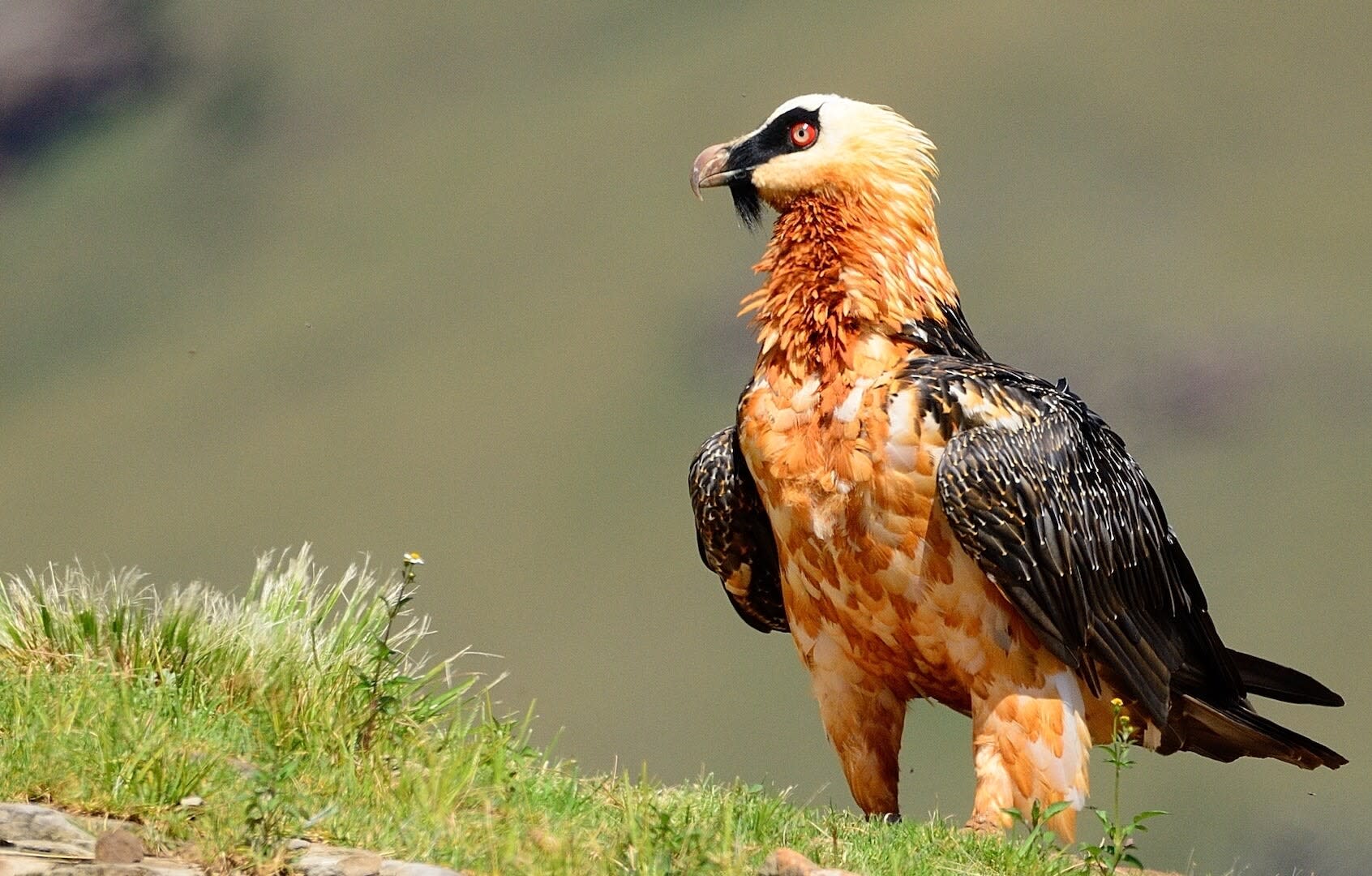 Listen to this article
•
15:34 min
Listen to this article
•
15:34 min
When I first started birdwatching, I got an opportunity to help a friend make a checklist of birds around one of his cottages in Jabarkhet, a private nature reserve in Uttarakhand, on the foothills of the Himalayas. I would begin as early as 6 am in the morning to spot resident species such as the Khaleej pheasant or the black-lored tit amongst other birds. Later I’d shift my attention to the locally-found Himalayan agama lizards feeding on tiny yellow flowers in the vicinity. My nights would echo with the hauntingly beautiful toot-too of the mountain scops owl.
One morning, I spotted a few birds of prey circle-gliding high in the sky. I was sure they were the Himalayan griffins, a common bird in the hills. Just as I was about to look away, I saw an odd-looking vulture in the flock. It had a different structure, rufous underparts with brownish-black wings, diamond-shaped tail and a startlingly odd underwing pattern. The commonly seen Egyptian vulture has a similar tail, but this one had a humungous wingspan. Unlike most vultures in this size range, this vulture did not have a bald head. Flaunting a wingspan of about 2-3 metres, it was flying low, with something in its beak. While I was trying to identify the bird through my binoculars, it dropped what it was carrying — a large bone!

Widely found in the mountainous regions of Asia, Africa and Europe, the lammergeier has a massive wingspan ranging between two to three metres.
Cover photo: The bearded vulture nests and thrives on high, steep, rocky cliffs. They prefer bare, sparsely populated habitats where carcasses and bones of preys hunted by predators can be easily spotted.
I assumed the bird was done with the bone. However, it landed right next to it. The bone had cracked from the fall exposing a delicious bone marrow. The bird nudged the crack open and devoured the marrow inside! Needless to say, I was intrigued. This behaviour completely threw me off. It seemed like this was a strategic modus operandi.
What I had seen that day was the bearded vulture (also called lammergeier). Its scientific name Gypaetus barbatus literally translates to ‘vulture bearded’, and rightly so. The vulture has a prominent tuft of dark hair under its beak that looks like a handsome beard. It is the only bird species in the world that specialises in feeding on marrow, which comprises most of its diet, unlike other vultures who just rip out the flesh. Considering large intakes of bone marrow and bones, the bird has an extremely efficient digestive system. Studies reveal that the stomach of this bird has high concentrations of acid-secreting cells that help in digestion of bones in about 24 hours.
The bird, found in Asia, Africa and Europe, is also very particular about its habitat and lives only around mountains, with rocky edges and steep valleys that extend into open grounds. However, increase in human population and infrastructure has severely fragmented the bird’s habitat, and has led to a drastic fall in its food resources. Human-raptor conflict in certain areas has also led to a downfall in population. These threats have sadly landed the vulture under the ‘Near Threatened’ category of the IUCN red list. Spotting the bearded vulture was the highlight of my trip, turning my uneventful day, into an extraordinary one.







